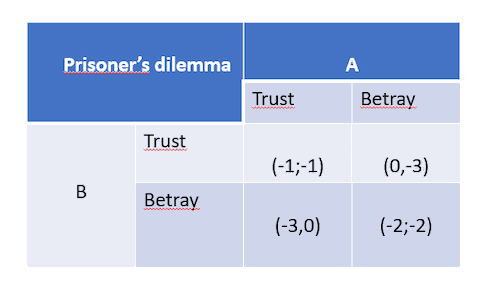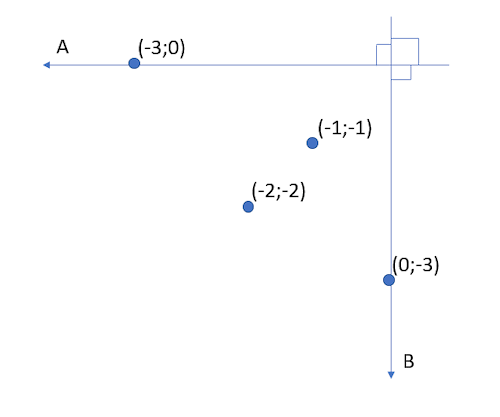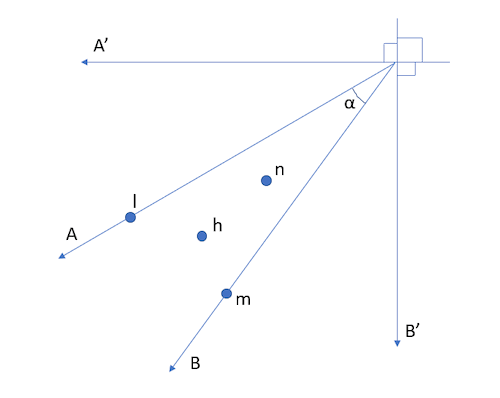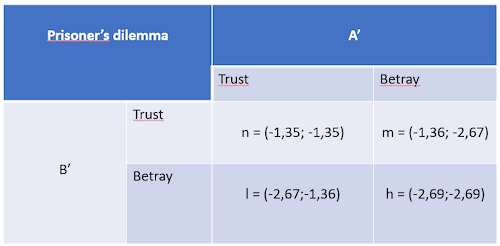Author: Toni Ruuska, University of Helsinki, toni.ruuska@helsinki.fi
Sustainability discourse is all around us. Constantly, we hear people talking about the need to change their/society’s ways towards “sustainability”. Curious thing about this is that nobody actually knows what they are talking about. In contrast, we do know the opposite. The un version of it.
Each passing moment, our lives and societal arrangements, in the affluent North, are organized more and more unsustainably. It seems that the further we get from “sustainability”, the more we talk about it, become obsessed about it, and plan societal reforms around it, while at the same time refusing to accept the opposite. It’s as if a culture based on war and destruction would repeatedly announce how wonderful thing peace is, or expects to achieve peace by declaring a war on everything and everyone.
There has never existed a sustainable nation or community with a notion of sustainability (I think Tere Vadén has said this or something similar). The paradox is that the concept of “sustainability” has been produced by an utterly destructive and exploitative civilization, that is, the industrious and productivist one. And this civilization, as any other before, is driven by the status quo: it attempts to keep the things as they are (such as the standard of living, modern technology, division of labour, private ownership, urbanism) as it supposedly somehow, and very fast due to, let’s say climate change, becomes also “sustainable”. This shake-the-magic-wand type of “sustainability” is to be reached with the same or similar kind of toolkit that has brought us unsustainability – only instead of industrial capitalism or socialism, we would call it “green” capitalism.
Now, I’m not saying that sustainability is irrelevant as a concept, or that it would not be important, but arguing instead that we don’t know what sustainability is, or what does it mean in practice. This is because there is little cultural or habitual understanding left that would point us just that. Maybe our grandparents or their parents possessed some knowledge and some of the practices, but sadly we, the over-educated, who were born in the latter part of the 20th century, don’t seem to have a clue anymore. Worse still, most don’t even seem to care, or are completely unwilling to take the responsibility of the fulfilment of their basic needs.
Instead of really ‘going back to nature’, as Rousseau already suggested, modern folk have mostly tried to cut down the ties to subsistence. Get rid of it. As Ivan Illich’s writes in Shadow Work: it’s been a 500-year war against subsistence economies and communities. This war goes on still, now with bottom of the pyramid economics, micro credits and Western education curriculum, because these things are claimed to lift global South from poverty.
Can we thus argue that modern way of life is the actual antithesis to something that would last a very long time? And if this is so, it’s no wonder we are lost. Because aren’t we trying to understand and make sustainability happen amidst a culture that is based on destroying its foundation, that is, natural habitats and subsistence economies.
Secular nihilism or postmodern relativism didn’t help the case. If everything matters the same or is a relative construct, then nothing actually matters, or at least lack motivation. Sustainability is then what we choose it to be, as we have done. It is a matter of perspective, a choice, an identity, a product, a label, an export. Airplanes, freight vessels, pulp processing plants and nuclear power are all sustainable as is clear-cutting of forests only depending on the perspective.
The conclusion from all this can’t be other than the following: modern industrial civilization and sustainability don’t fit together. There is no reform of it that is sufficient in scale or in quality, nor should we hope for one: ‘I have long thought that the most pessimistic view is one that hopes for the survival of modernity in something like its present form’ (Jason W. Moore, Capitalism in the Web of Life, 2015, p. 87)
To be sure, one can’t simply turn one’s back from the civilization of unsustainability. It is everywhere all the time. If anything the Anthropocene tells us that.
So what to do then?
Why not embrace hopelessness? And try to revive and preserve whatever subsistence economies there are left. Build refugees for humans and non-humans. Make time and space to heal and recover. Reconfigure and reconcile.
What about sustainability then? Time will tell. If sustainability in our time is impossible, after the fall it has a new chance. Although it might be that nobody uses the term anymore. After all, it may be that it was only needed to describe the unsustainability of our time.

![Figure 1. The four dimensions of transition, based on Hillevi Helmfrid/Ken Wilbur[4]](https://images.squarespace-cdn.com/content/v1/5c3c857a3917ee2af34594a0/1574072869723-OBV6OIG09Q671CV5KFPP/Blog_maxim_Figure+1.png)







